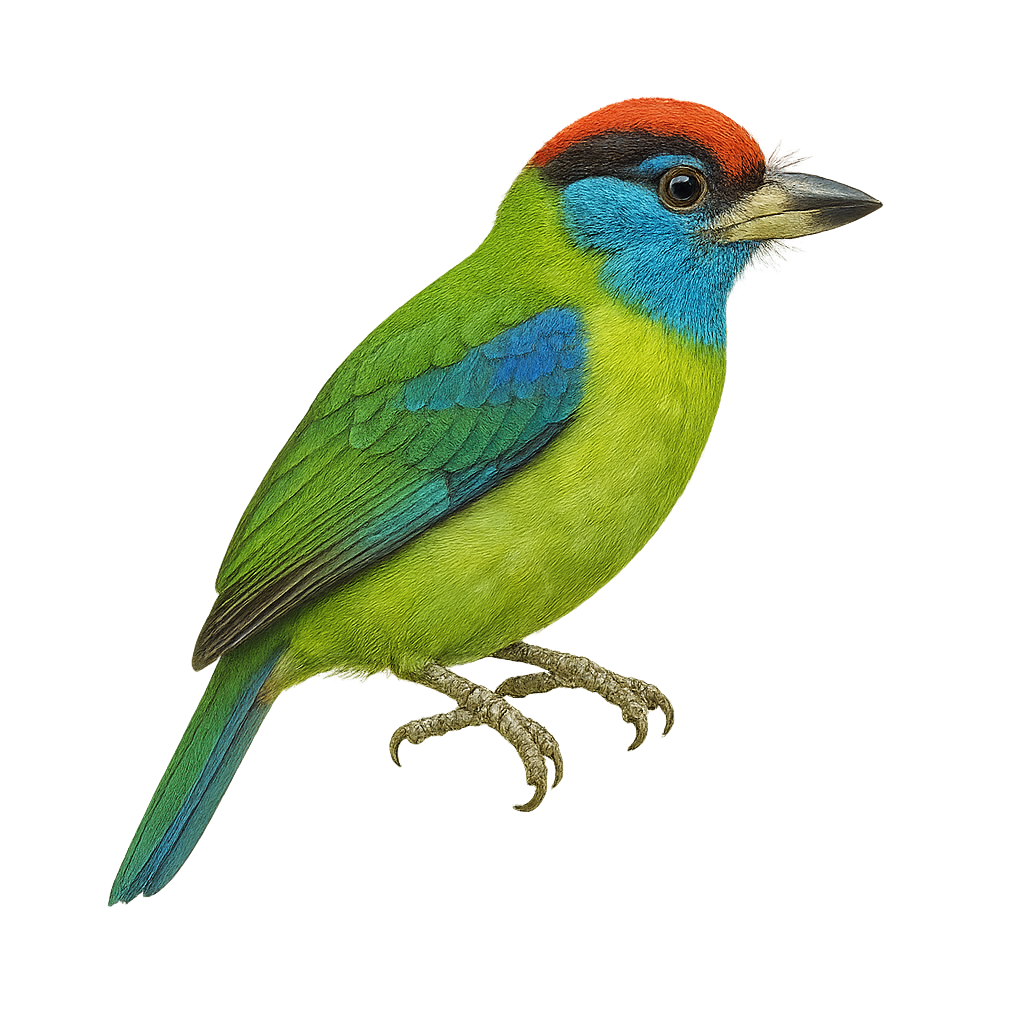Your wildlife photography guide.
Explore the golden-throated barbet in detail, study its behavior, prepare your shots.
Where to observe and photograph the golden-throated barbet in the wild
Learn where and when to spot the golden-throated barbet in the wild, how to identify the species based on distinctive features, and what natural environments it inhabits. The WildlifePhotographer app offers tailored photography tips that reflect the golden-throated barbet’s behavior, helping you capture better wildlife images. Explore the full species profile for key information including description, habitat, active periods, and approach techniques.
Golden-throated Barbet
Scientific name: Psilopogon franklinii

IUCN Status: Least Concern
Family: MEGALAIMIDAE
Group: Birds
Sensitivity to human approach: Suspicious
Minimum approach distance: 10 m
Courtship display: March to May
Incubation: 13-15 jours
Hatchings: March to June
Habitat:
Tropical forests, subtropical forests, mountainous regions
Activity period :
Primarily active during the day, with peak activity in the morning and late afternoon.
Identification and description:
The Golden-throated Barbet, or Psilopogon franklinii, is a colorful bird from the Megalaimidae family. It is recognized by its vibrant green plumage, golden throat, and sturdy beak. This bird is primarily arboreal, feeding on fruits, insects, and occasionally small vertebrates. It inhabits the tropical and subtropical forests of Southeast Asia, particularly in mountainous regions. Its call is distinctive, often heard before the bird is seen. The Golden-throated Barbet is territorial, usually observed alone or in pairs. Although relatively common in its natural habitat, it is rarely seen outside dense forests.
Recommended lens:
400 mm – adjust based on distance, desired framing (portrait or habitat), and approach conditions.
Photography tips:
To photograph the Golden-throated Barbet, it's advisable to use a 400mm or longer telephoto lens to capture the details of its colorful plumage without disturbing it. Look for it in dense forests, where it often perches on high branches. Be patient and listen for its distinctive call to locate it. Morning or afternoon light is ideal to highlight its vibrant colors. Use a tripod to stabilize your camera and achieve sharp images.
The WildlifePhotographer App is coming soon!
Be the first to explore the best nature spots, track rutting seasons, log your observations, and observe more wildlife.
Already 1 430 wildlife lovers subscribed worldwide

